What is Lipo Battery?
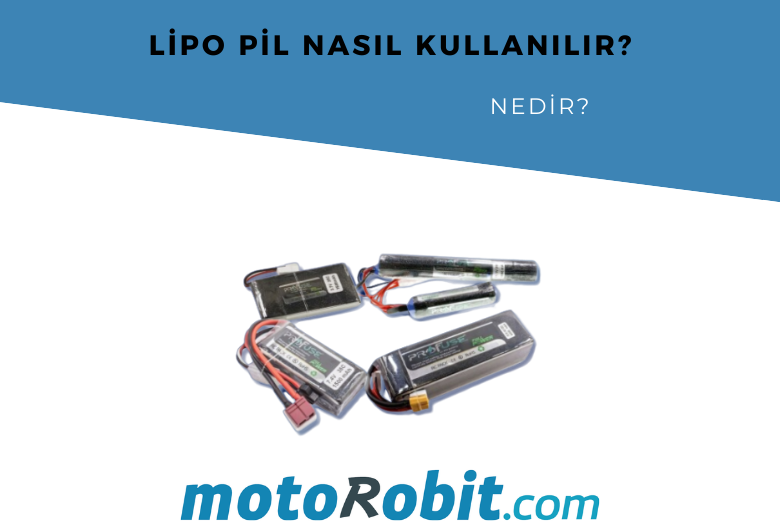
What is Lipo Battery?
Batteries containing Lithium element and Polymer compound are called Lipo Batteries. Lipo batteries are commonly used in RC vehicles and robotic projects.
Structure of Lipo Battery
Lipo batteries consist of cells. Each cell is referred to as 1S and has a value of 3.7V. So when we say 3s Lipo battery, it means we should understand it as 3x3.7v= 11.1v.
Advantages:
- Lipo batteries have high discharge capacity. (You can trigger a car starter with a sufficient battery.)
- They have a longer lifespan compared to NiCd and NiMH batteries.
Things to Be Careful About
- The leads of Lipo batteries MUST NOT touch each other. Short circuit should be avoided.
- To ensure efficient operation of Lipo batteries, attention should be paid to the range of 3.00V - 4.20V per cell.
- If any cell of the battery drops below 3V, there is a risk of completing the battery's life.
- Overcharging, i.e., charging beyond 4.20V, also poses risks in terms of safety.
- A Lipo battery should not be discharged below 3V. Considering that the capacity decreases as the battery ages, the battery should be discharged following the 80% rule. That is, when the capacity value of the Lipo battery is calculated as 80%, it should be discharged to the value obtained. Failure to comply with this rule may result in swelling and explosion of the batteries.
- Lipo batteries should not be opened and should not be allowed to come into contact with water.
- Lipo batteries should only be charged with lipo battery chargers. Charging with the wrong charger causes swelling in the battery and is dangerous.
Blog Latest Additions
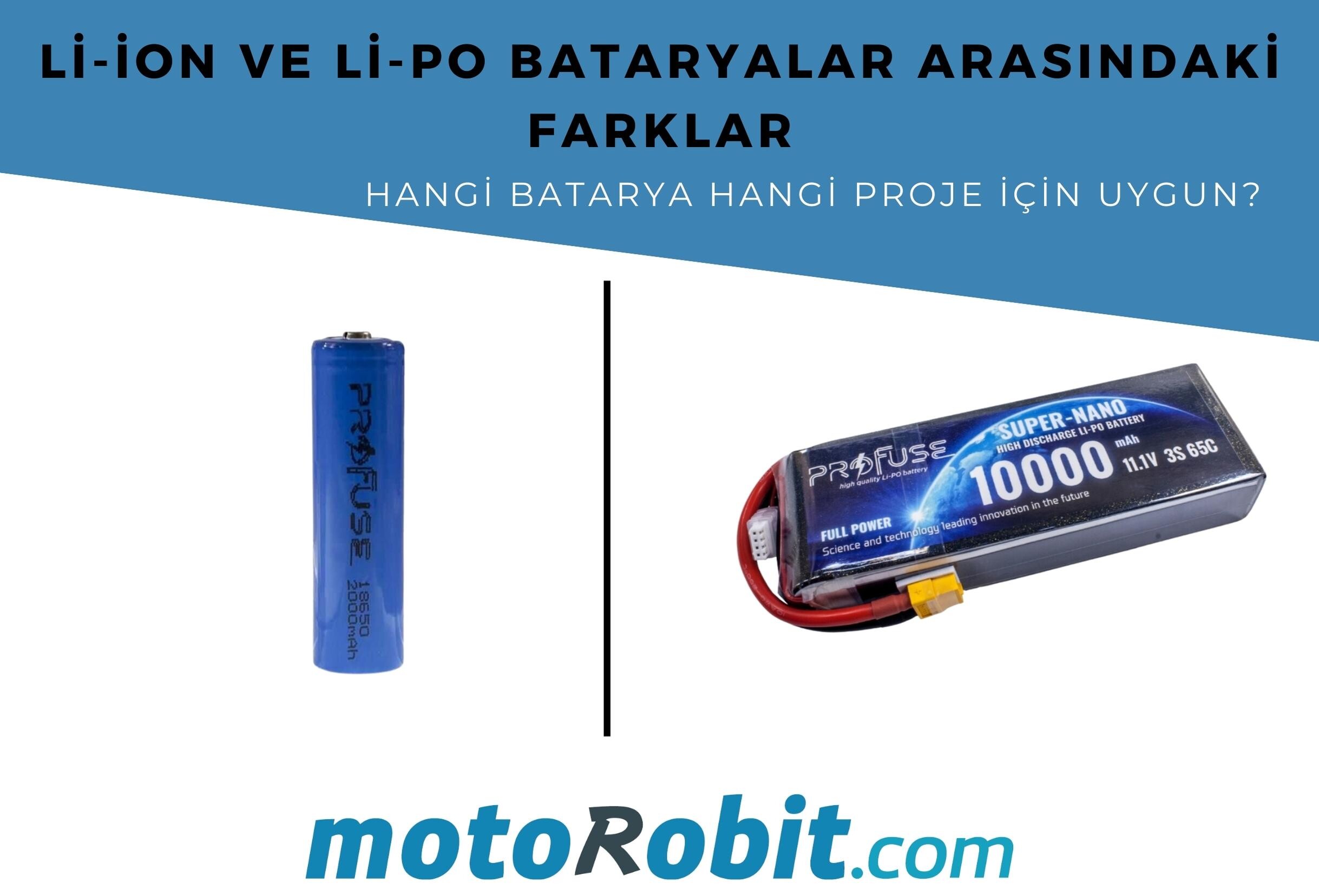
Differences Between Li-ion and Li-Po Batteries: Which Battery is Suitable for Which Project?
12.12.2025
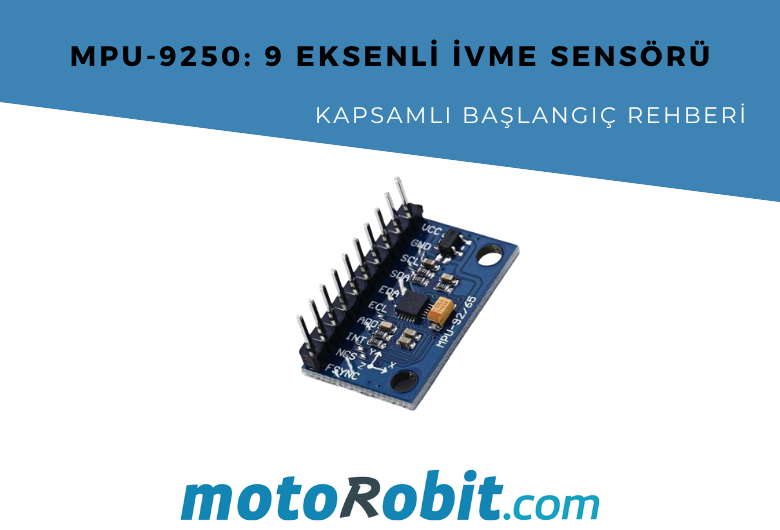
MPU-9250: 9-Axis Acceleration Sensor - A Comprehensive Beginner's Guide
28.10.2025

What is ULN2003 ?
13.10.2025
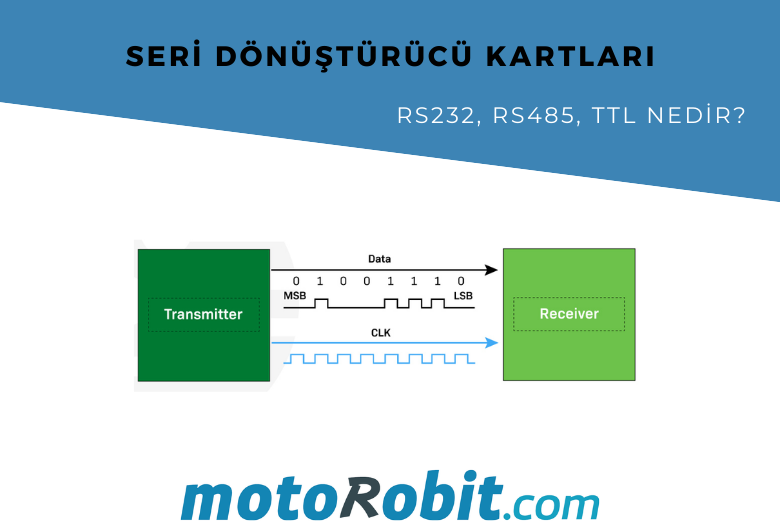
What are Serial Converter Cards (RS232, RS485, TTL)
16.09.2025
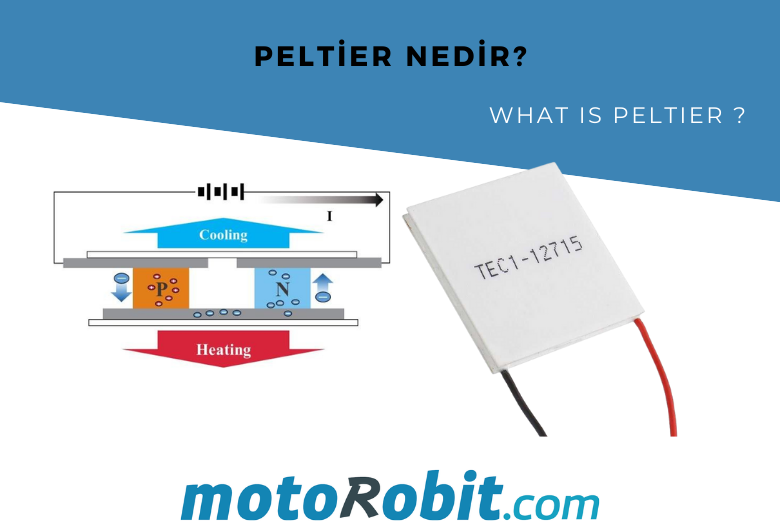
What is Peltier and What is its Working Principle?
30.08.2025

Arduino UNO vs Nano vs Mega – Which Should I Choose?
23.07.2025
.png)